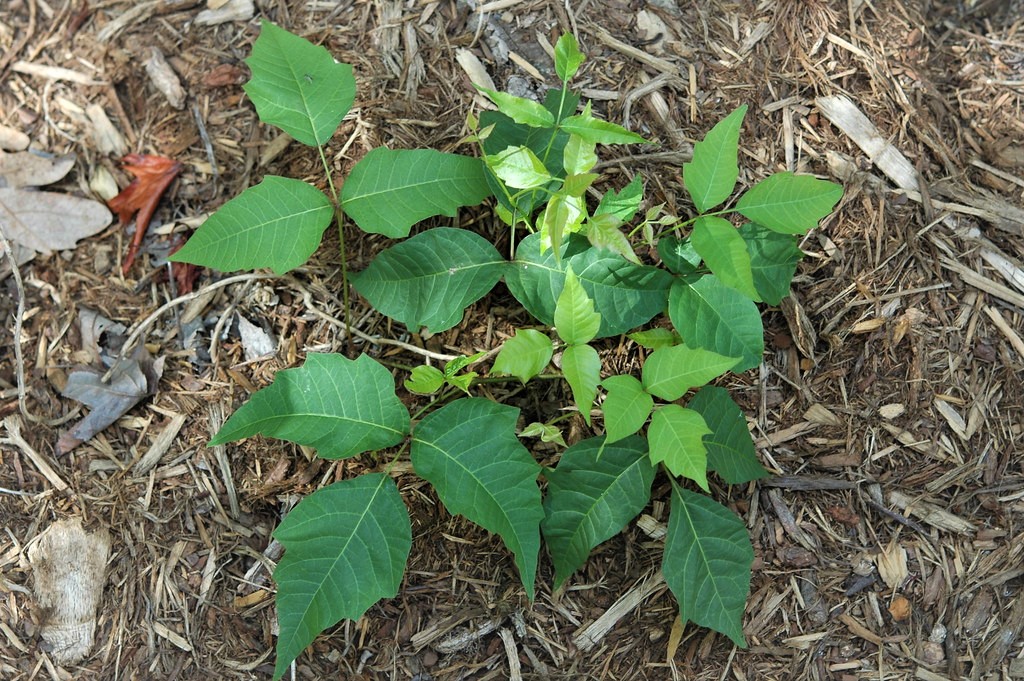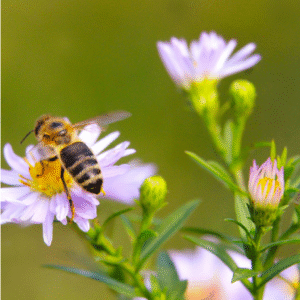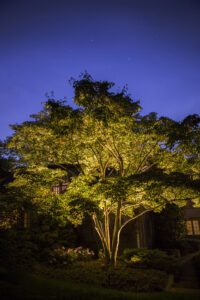By: Avery Myers
If you have spent time outside in North America, you are probably familiar with poison ivy. For most people, just hearing “poison ivy” is enough to make them itchy. While we have all heard plenty of advice on how to avoid this garden terror and how to remedy the rash that follows contact with it. Today we are going to take a closer look at this plant that commonly earns a place on a gardener’s “most hated” list.
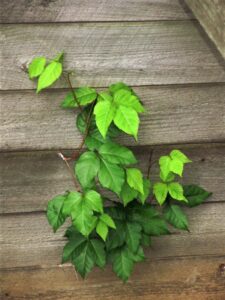
“Leaves of three, let it be.” While this can be a good guideline to use when erring on the side of caution, it is merely a good place to start when attempting to identify poison ivy. After you find the compound leaf of three smaller leaves, called leaflets, the next thing you want to look for is that the stalk on the middle leaflet is much longer than the two side leaflets. If you have gotten this far without running to the nearest sink to scrub up, you can confirm that the leaves are alternating up the stem. The edges of the leaves are either smooth or coarsely serrated which can be confusing but they always come to a point. It also gets whitish flowers in late spring which turn into berries in late summer or fall when the leaves turn red.
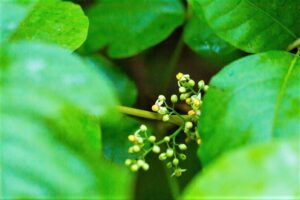
Now that you know how to spot it, let’s talk about what it does. Poison ivy is in a family of plants called Anacardiaceae, also known as the “cashew family.” This also includes things like mangoes, pistachios, sumac, and the lacquer tree. This family is notable for its production of an oily mixture of plant compounds called “urushiol” which is responsible for the hypersensitivity reaction that about 85% of Americans are susceptible to. They use this compound as a defense mechanism against parasites and fungus. Poison ivy gets a bad reputation but urushiol oil has actually been used in eastern medicine and as a lacquer for thousands of years.
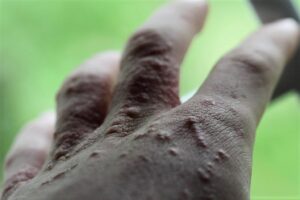
Many people think poison ivy is contagious or that it spreads if you scratch it because the rash gets worse over several days or someone who has not even come in contact with the plant has gotten the rash. When poison ivy is damaged, it releases urushiol through its oily sap, which then dries wherever it ends up. Coming in contact with this oil is the only way to have a reaction to it but the dried oil can remain active for several months or even years which is why it is very important to thoroughly clean any surfaces that come in contact with the oil.
Removing poison ivy should always be done with proper protection and extreme care. Since it will secrete more oil the more it is damaged, you will want to do it with as little cutting as possible. The oils can also become airborne when aggressively cut or burned and can cause major systemic reactions when inhaled or ingested. It only takes about thirty minutes for the oils to soak into your skin after contact so try to wash it off as soon as possible using dish soap or a specific poison ivy product meant to break down the oils.
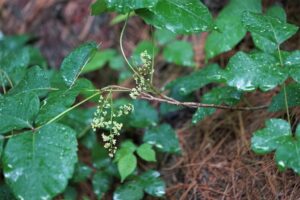
Poison ivy is the plant everyone loves to hate, and while you definitely do not want it crawling through your garden beds (and we don’t either), it is actually a very important plant in our native ecosystem here in America. The leaves feed many of our native herbivores, its flowers are highly beneficial to pollinators, and the berries provide large amounts of essential fats for birds getting ready to migrate south. The fact that it also has a rather stunning fall display is only a bonus. This is a plant best appreciated from a distance.

